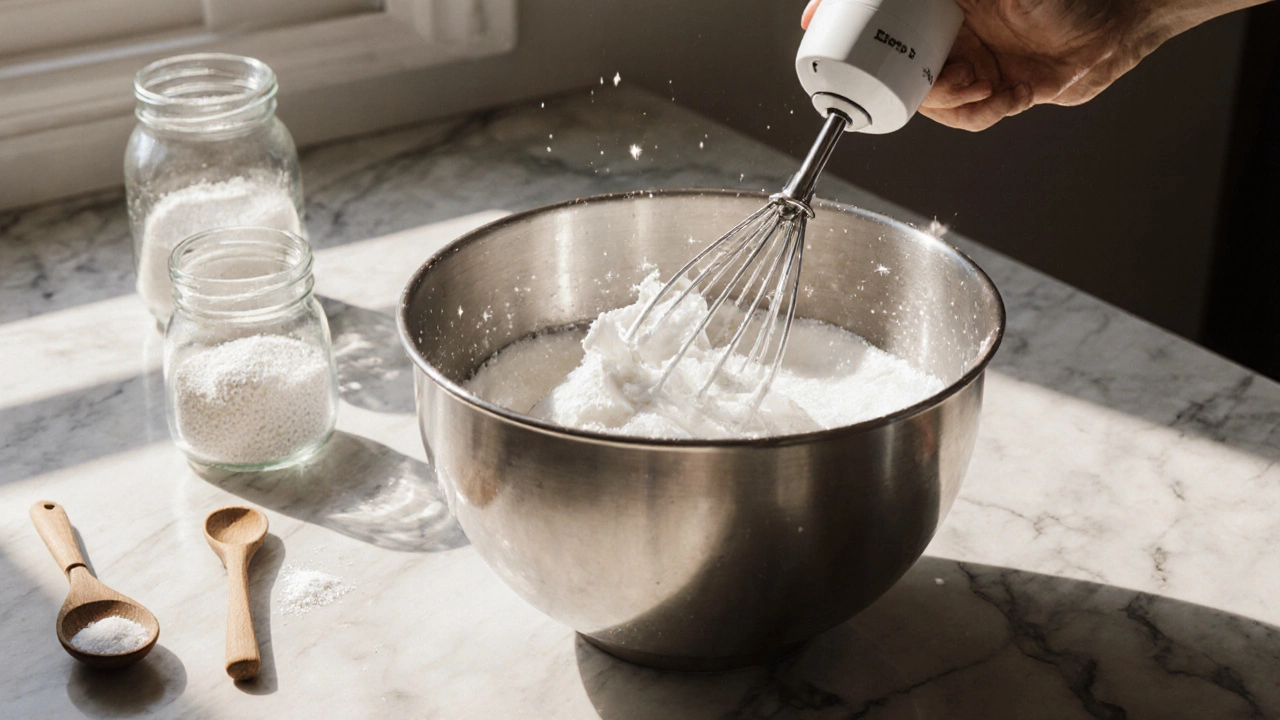
Meringue vs Pavlova Selector
Determine Your Dessert
Answer these questions to find out if you're making meringue or pavlova. Based on the article, these are the key distinguishing factors.
When you hear Meringue is a light, airy dessert made by whisking egg whites with sugar until stiff peaks form, you might picture a crisp shell that shatters with a bite. Pavlova is a layered dessert that uses a meringue base topped with whipped cream and fresh fruit and is often associated with New Zealand and Australia. Although they share a common base, the two desserts diverge in texture, size, and serving style. This guide breaks down the essentials so you can tell them apart, decide when to serve each, and avoid the common pitfalls that turn a perfect dessert into a soggy disappointment.
What Is Meringue?
Egg white is the clear liquid inside an egg, composed mainly of protein and water. When you whisk it with Granulated sugar is fine white sugar crystals used for sweetening and stabilizing foams, the sugar dissolves and the proteins unfold, creating a glossy, stable foam. The key to a perfect meringue is a low‑speed whisk to create bubbles, followed by a high‑speed stage to reach stiff peaks. Add a pinch of cream of tartar or a splash of Vinegar is a mild acid that helps stabilize the egg‑white foam to keep the peaks firm.
There are three main types of meringue:
- French - just egg whites and sugar; the most delicate and often used for piping decorations.
- Swiss - egg whites and sugar are heated together before whipping; yields a glossy, stable foam for buttercream.
- Italian - hot sugar syrup is poured into whipped egg whites; the most stable, ideal for topping pies.
The finished product can be baked into crisp shells, soft interiors, or left unbaked for a marshmallow‑like texture. Its versatility makes meringue a staple in pies, cookies, and layered desserts.
What Is Pavlova?
Pavlova is named after the Russian ballerina Anna Pavlova, who toured Australia and New Zealand in the 1920s. The dessert was created to honor her light, airy presence. A classic pavlova consists of a large, round meringue base that’s baked at a low temperature, then cooled inside the oven to prevent cracks. The interior remains soft and marshmallow‑like while the exterior stays slightly crisp.
After the base cools, it’s topped with a generous dollop of Whipped cream is air‑filled dairy topping made by beating heavy cream with a little sugar until peaks form and an assortment of Fresh fruit is seasonal, ripe produce such as kiwi, berries, or passion fruit used to add acidity and color. The contrast between sweet, airy base and tangy fruit makes pavlova a show‑stopper at brunches and celebrations.
Although the base is essentially a meringue, pavlova includes additional ingredients like Cornstarch is a fine white powder that stabilizes the interior and prevents it from drying out and a touch of vinegar or lemon juice. These tweaks give pavlova its signature soft center.
Core Differences at a Glance
| Characteristic | Meringue | Pavlova |
|---|---|---|
| Main Ingredients | Egg white, granulated sugar, optional acid | Egg white, granulated sugar, cornstarch, vinegar, topped with whipped cream and fresh fruit |
| Texture | Can be crisp, chewy, or marshmallow‑soft depending on bake time | Crisp exterior, soft, marshmallow‑like interior |
| Typical Size | Individual cookies, shells, or small rosettes | Large, single‑serve round (10‑12 inches) |
| Origin | European, widespread in French patisserie | New Zealand/Australia, 1920s |
| Serving Style | Often a component (e.g., pie topping) or standalone cookie | Presented as a plated dessert with cream and fruit |
| Shelf Life | Can be stored in an airtight container for 2‑3 days | Best served same day; fruit and cream wilt quickly |
| Baking Method | High heat for crisp shells; low heat for soft interiors | Low temperature (120‑130 °F) for a long period, then cool in oven |
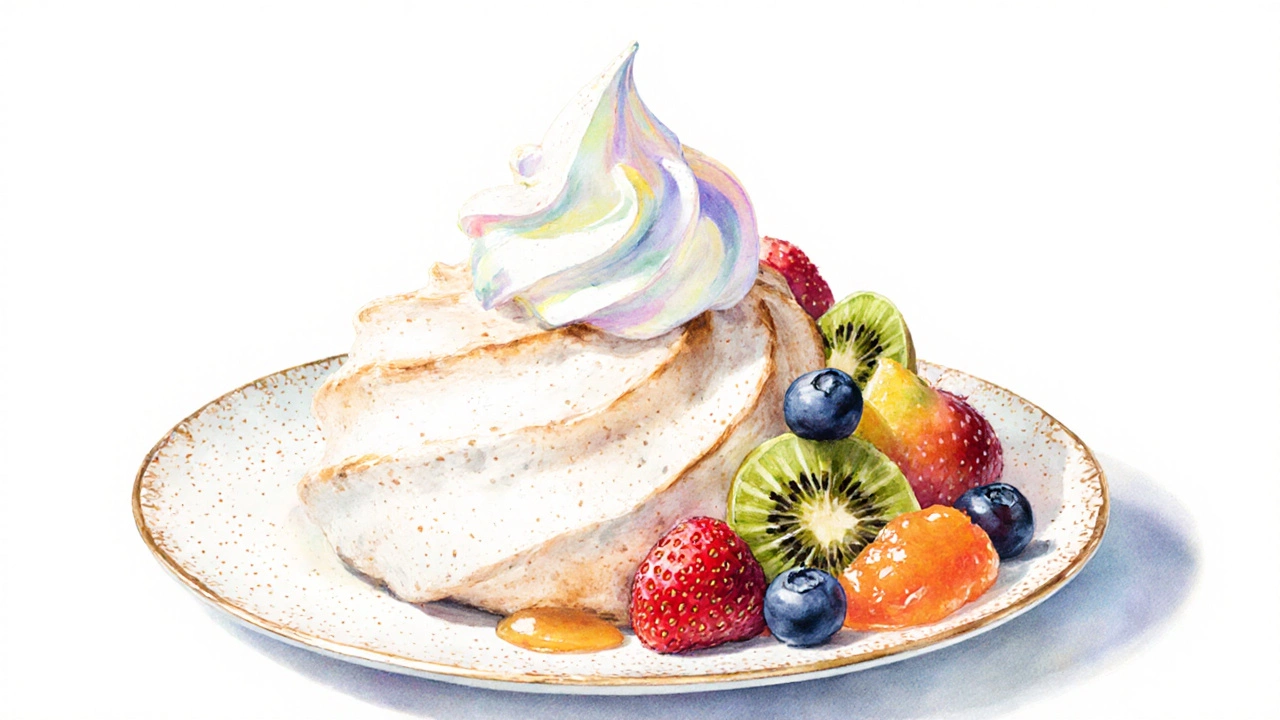
How to Make a Classic Meringue
- Preheat the Oven is the kitchen appliance used for baking, typically ranging from 100 °C to 250 °C to 250 °F (120 °C) for crisp shells.
- Separate 4 large egg whites from yolks, ensuring no yolk contaminates the whites.
- Whisk on low speed until foamy, then add ¼ tsp cream of tartar or ½ tsp vinegar.
- Gradually sprinkle 200 g granulated sugar while increasing speed to high; continue until glossy peaks form and sugar dissolves.
- Optionally fold in 1 tsp vanilla extract for flavor.
- Pipe or spoon onto a parchment‑lined baking sheet, shaping as desired.
- Bake 1‑1.5 hours for a dry, crisp cookie, or 20‑30 minutes for a softer interior.
- Turn off the oven, crack the door, and let the meringues cool inside to prevent cracks.
Store in an airtight container; they stay crisp for up to three days.
How to Assemble a Pavlova
- Preheat the oven to 300 °F (150 °C) and line a baking sheet with parchment.
- In a clean bowl, whisk 4 egg whites until soft peaks form.
- Add ½ tsp vinegar and 1 tsp cornstarch; beat until incorporated.
- Gradually add 200 g granulated sugar, a tablespoon at a time, whisking until stiff, glossy peaks appear.
- Spread the meringue into a 10‑inch circle, creating a slight well in the center.
- Bake 1‑1.5 hours, then turn off the oven and leave the door ajar for another hour to cool gradually.
- Before serving, top with a generous layer of Whipped cream and arrange fresh fruit such as kiwi, strawberries, blueberries, and passion‑fruit pulp.
- Serve immediately; the contrast of warm base, cool cream, and acidic fruit creates a burst of flavors.
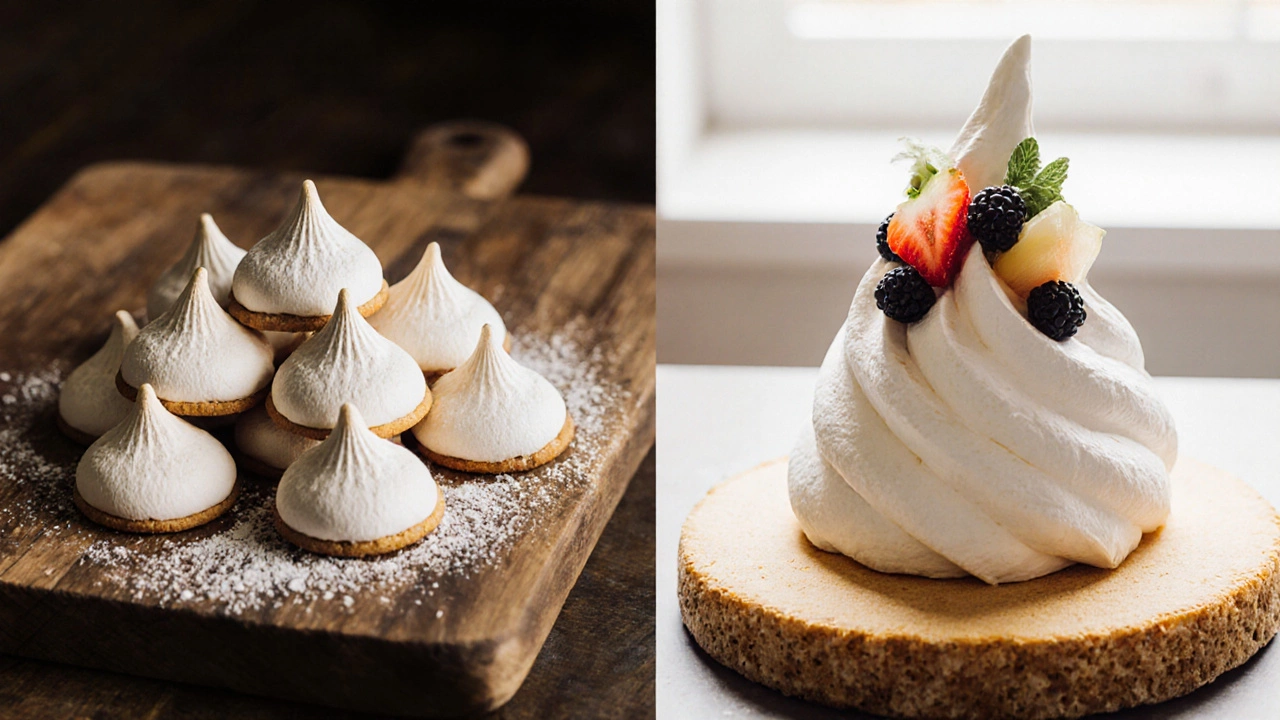
Common Pitfalls and Pro Tips
- Moisture: Any grease on bowls or utensils will prevent egg whites from whipping properly. Use a glass or stainless‑steel bowl, and wipe it dry.
- Sugar dissolution: Undissolved sugar creates grainy texture. Rub a pinch of sugar between your fingers; it should feel like powdered sugar before folding it in.
- Temperature shock: Removing a pavlova from a hot oven into a cold room cracks the exterior. Cool it inside the oven with the door slightly open.
- Fruit timing: Add fruit just before serving. The juice can make the meringue soggy if it sits too long.
- Over‑baking: A pavlova baked too long becomes dry. The goal is a light golden edge, not a hard shell.
Experiment with flavors: add a splash of almond extract to the meringue, or swap kiwi for mango in the topping for a tropical twist.
Choosing Between Meringue and Pavlova
If you need a bite‑size treat that travels well, go for classic meringue cookies. They stay crisp in a tin and are perfect for tea parties or gift boxes. If you’re planning a show‑stopper dessert for a special occasion, pavlova wins thanks to its visual impact and the ability to showcase seasonal fruit.
Consider the setting:
- Outdoor picnics: Meringue cookies survive humidity better.
- Formal brunch: Pavlova’s elegant plating impresses guests.
- Kid‑friendly snack: Small meringue kisses are easier for little hands.
Both desserts celebrate the magic of whipped egg whites; the choice hinges on texture, serving style, and the story you want to tell.
Frequently Asked Questions
Can I make a pavlova without cornstarch?
Cornstarch stabilizes the soft interior, but you can replace it with 1 tsp of potato starch or a bit more sugar. The texture will be slightly firmer, yet still soft.
Why do my meringues crack during cooling?
A sudden temperature change causes the outer shell to contract faster than the interior. Cool them slowly inside the turned‑off oven with the door ajar.
Is pavlova the same as a meringue cake?
A pavlova is a specific type of meringue cake that includes a crispy outer crust, a marshmallow‑soft center, and a topping of cream and fruit. Not all meringue cakes have this structure.
Can I use brown sugar instead of granulated sugar?
Brown sugar contains molasses, which adds moisture and can prevent the meringue from drying out properly. It will result in a denser, less glossy texture, so stick to granulated sugar for best results.
How long can I store a baked pavlova before adding toppings?
The bare pavlova can be kept in an airtight container at room temperature for up to 2 days. Once you add cream and fruit, serve it the same day.


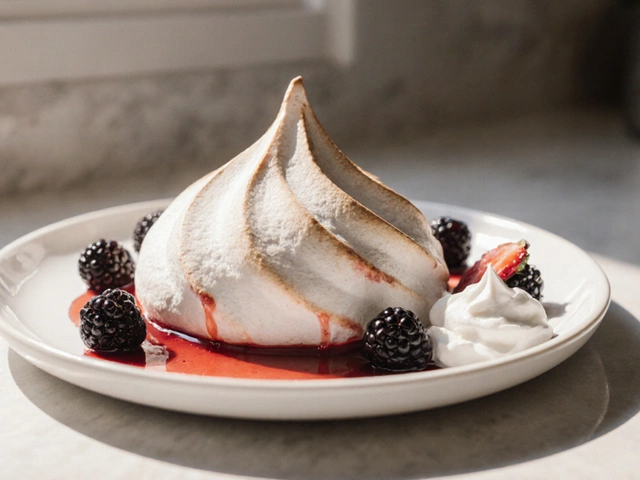
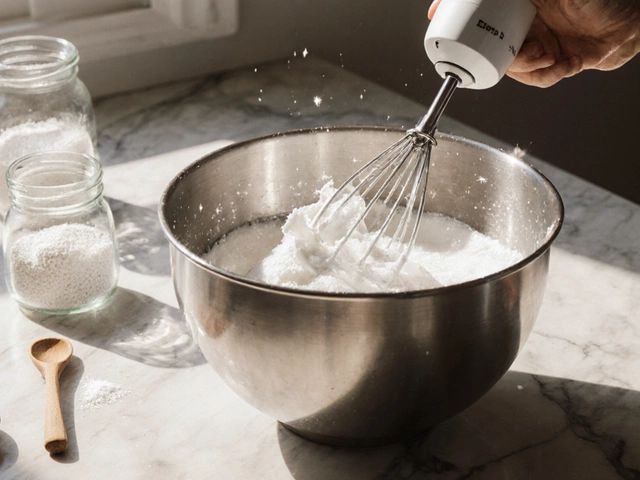
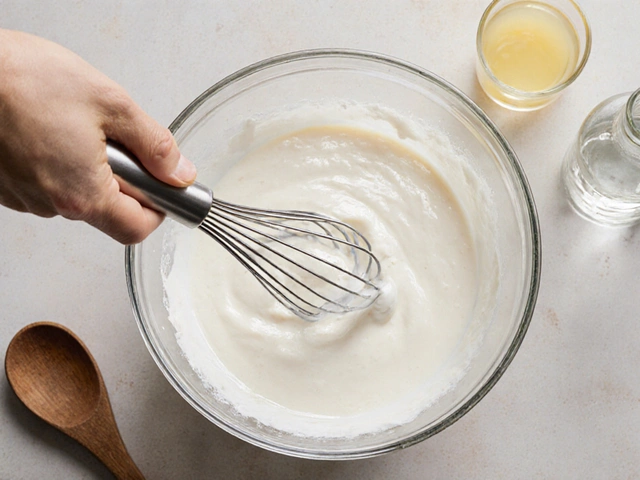
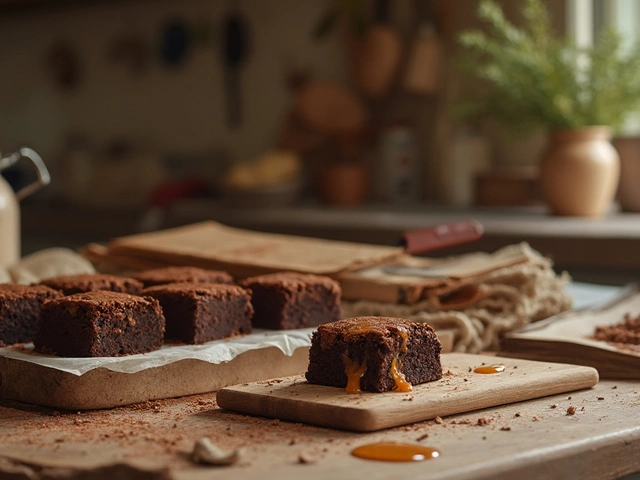
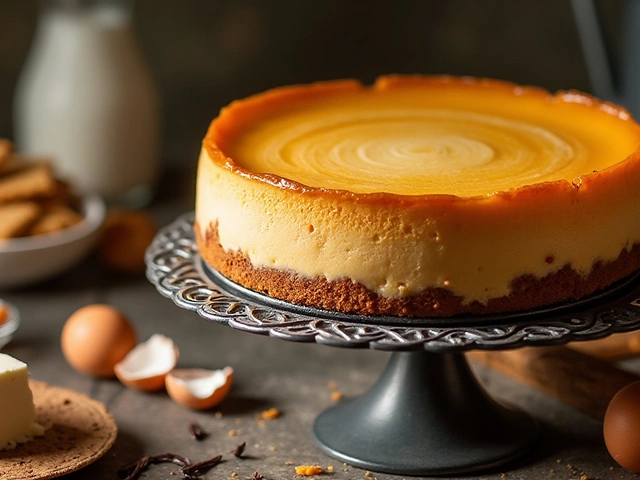

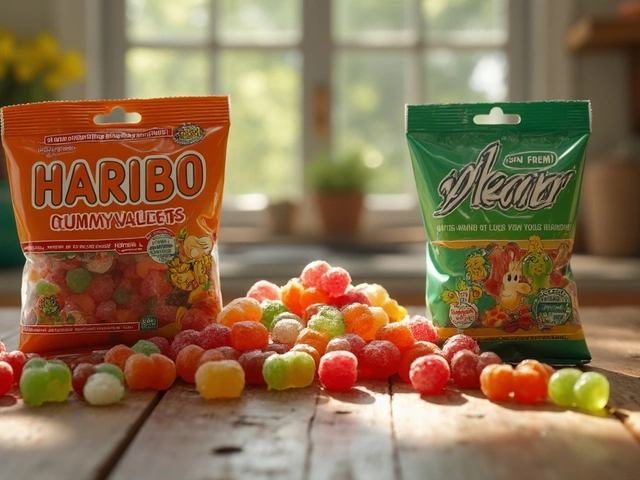
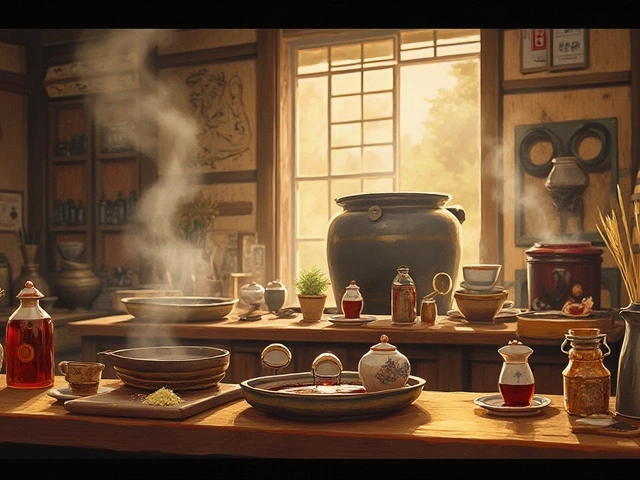
Write a comment